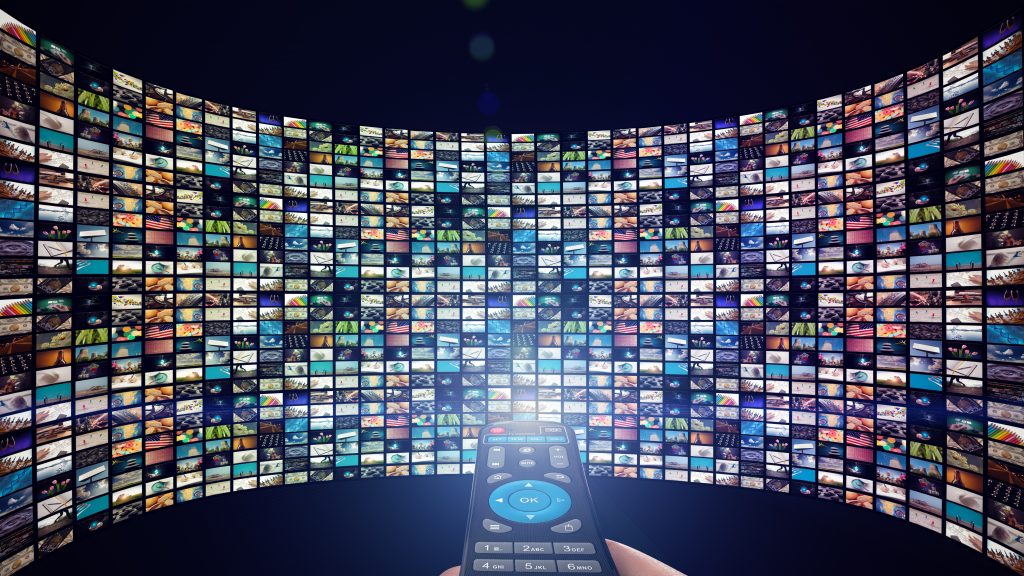3 mins read
December 1, 2023
The Rise of Streaming Services and the Future of Television
In the last decade, the landscape of television has undergone a profound transformation. The traditional cable or satellite subscription model is no longer the dominant force in the world of entertainment. Instead, streaming services have risen to prominence, reshaping how we consume content and challenging the very foundations of the television industry.
The Evolution of Television: From Broadcast to Streaming
Television has come a long way since the era of antennas and scheduled programming. The transition from broadcast to cable marked a significant shift, offering viewers more channels and diverse content. However, the real game-changer emerged with the advent of streaming services. Platforms like Netflix, Hulu, and Amazon Prime Video introduced a new era of on-demand content, allowing viewers to watch what they want, when they want.
The Pioneers: Netflix and the Streaming Revolution
Netflix, founded in 1997 as a DVD rental-by-mail service, is often credited as the pioneer of the streaming revolution. The company shifted its focus to online streaming in the mid-2000s, making an array of movies and TV shows accessible at the click of a button. This marked a departure from the traditional model of cable subscriptions, offering an attractive alternative to viewers seeking more flexibility.
The Diversity of Content: A Global Buffet
One of the key advantages of streaming services is the diversity of content they offer. From critically acclaimed original series to classic movies, documentaries, and international shows, these platforms cater to a wide range of tastes. This diversity has not only democratized access to content but has also allowed for the global exchange of ideas and cultures.
Cord-Cutting and the Decline of Traditional Television
The rise of streaming services has resulted in a phenomenon known as “cord-cutting,” where viewers are increasingly abandoning traditional cable or satellite subscriptions in favor of more cost-effective and flexible streaming options. This shift has prompted cable companies to reassess their business models and adapt to the changing landscape or risk becoming obsolete.
The Battle for Original Content
Original content has become a battleground for streaming platforms. The success of shows like “Stranger Things” (Netflix), “The Mandalorian” (Disney+), and “The Crown” (Netflix) demonstrates the power of compelling, exclusive content in attracting and retaining subscribers. As streaming services invest heavily in original programming, they not only compete with each other but also challenge traditional networks for viewership.
The Technological Leap: 4K, VR, and Beyond
The future of television is not only about what we watch but also how we watch it. Technological advancements, such as 4K resolution, virtual reality (VR), and augmented reality (AR), are gradually becoming integral parts of the viewing experience. Streaming services are at the forefront of adopting these technologies, offering a more immersive and personalized journey for users.
The Role of Big Players: Disney+, HBO Max, and More
The streaming landscape has evolved beyond the dominance of a few key players. With the entry of major studios and media conglomerates into the streaming arena, the competition has intensified. Disney+ has become a major player with its vast catalog of family-friendly content, while HBO Max brings premium content from the HBO library along with WarnerMedia’s extensive portfolio.
The Global Reach: Breaking Boundaries
Streaming services have not only changed how we watch television but have also broken geographical boundaries. People around the world can access the same content simultaneously, fostering a global community of viewers. This has implications not only for entertainment but also for cultural exchange and understanding.
Challenges and Concerns: Content Oversaturation and Subscription Fatigue
While the rise of streaming services has been revolutionary, it’s not without challenges. The sheer volume of content available can lead to oversaturation, making it difficult for individual shows or movies to stand out. Additionally, the proliferation of subscription services raises concerns about subscription fatigue, where consumers may become overwhelmed by the number of services they need to subscribe to for access to their favorite content.
Conclusion: Navigating the Future of Television
As streaming services continue to shape the future of television, the industry is entering a new era of innovation and competition. The shift from traditional cable to streaming has empowered viewers, offering unprecedented choices and flexibility. The battle for original content, the integration of cutting-edge technologies, and the global reach of streaming platforms are indicative of an industry in constant evolution.
The future of television lies not only in what we see on the screen but in how technology, content, and user experience converge to create a more immersive and accessible form of entertainment. As we celebrate the rise of streaming services on this transformative journey, it’s clear that the future promises even more exciting developments, pushing the boundaries of what we thought television could be.



